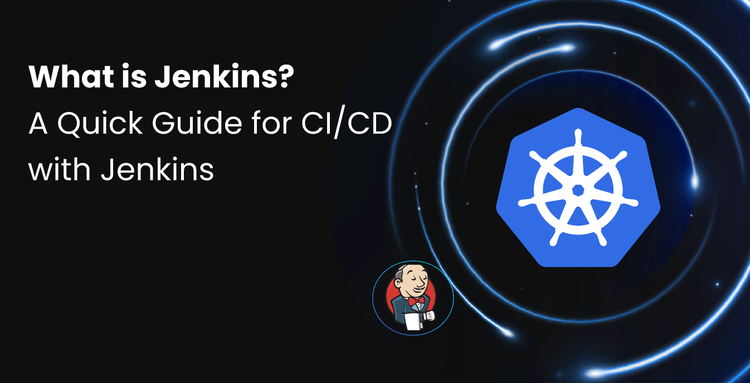1. Application Release Orchestration (ARO) is essential, not optional, especially in Kubernetes-heavy environments where manual deployments are error-prone and hard to scale.
2. Common release pain points—like environment drift, tool sprawl, and unreliable rollbacks—can be tackled with GitOps, policy-as-code, and centralized orchestration platforms.
3. Multi-cluster deployments demand consistent configuration management, reusable templates, and artifact distribution pipelines to avoid chaos and inconsistency across environments.
4. Strong governance and compliance aren’t blockers—they’re enablers. Automating approval workflows and maintaining audit trails ensures fast but controlled releases.
5. Devtron addresses all these challenges with a GitOps-first, Kubernetes-native platform that integrates observability, compliance, and rollback strategies under one roof.
Introduction
Imagine this: After weeks of careful planning, staying up late fixing bugs, and running through multiple team discussions, the team is finally ready for the big release. Everything looks good in staging, and QA signs off. The team feels a mix of relief and excitement on Slack. But then things go live. Suddenly, errors start pouring in. Services crash, users report issues, and the team scrambles to understand what went wrong. The rollback process, which sounded good on paper, turns out to be slow, fragile, and untested. Now everyone is in emergency mode, trying to fix things fast.
This kind of last-minute chaos isn’t rare; it’s a recurring nightmare for teams attempting to scale their application delivery across today’s complex cloud-native environments. And it’s one of the main reasons why Application Release Orchestration (ARO) has become so important to DevOps and platform engineering teams worldwide.
The core idea of ARO is refreshingly simple: to bring control, speed, safety, and visibility to application delivery. But when things actually go into production, especially with Kubernetes in the picture, it becomes clear that orchestrating releases is much more than sequencing deployments. You’re handling infrastructure changes, approval gates, multi-cluster synchronization, rollback reliability, and compliance - all while trying to keep developers productive.
In this article, we’ll unpack the most pressing challenges in ARO, especially for Kubernetes-heavy teams, and explore tactical, real-world strategies to overcome them. These aren’t just problems you read about in whitepapers; they’re the daily blockers and edge cases you and your team are wrestling with.
Challenge #1: Environment Drift
Ever heard someone say, “But it worked on my machine!” or “It was fine in QA”? That’s environment drift.
Environment drift occurs when your development, staging, and production environments, intended to be identical, gradually diverge. Sometimes it’s small changes to a config file. Other times it’s a patch applied to only one environment. Either way, the outcomes can be painful.
Why it’s a serious issue:
- Your automated tests pass, but deployment fails because production infra is subtly different.
- Bugs that QA never saw now pop up in prod, derailing trust.
- Debugging takes much longer because issues are nearly impossible to reproduce locally.
What you can do:
- Embrace infrastructure-as-code and application configuration-as-code to make environments declarative and version-controlled.
- Use GitOps tools like Argo CD or Flux to reconcile desired state vs actual state continuously.
- Set up automated environment comparison tools to detect differences in real-time.
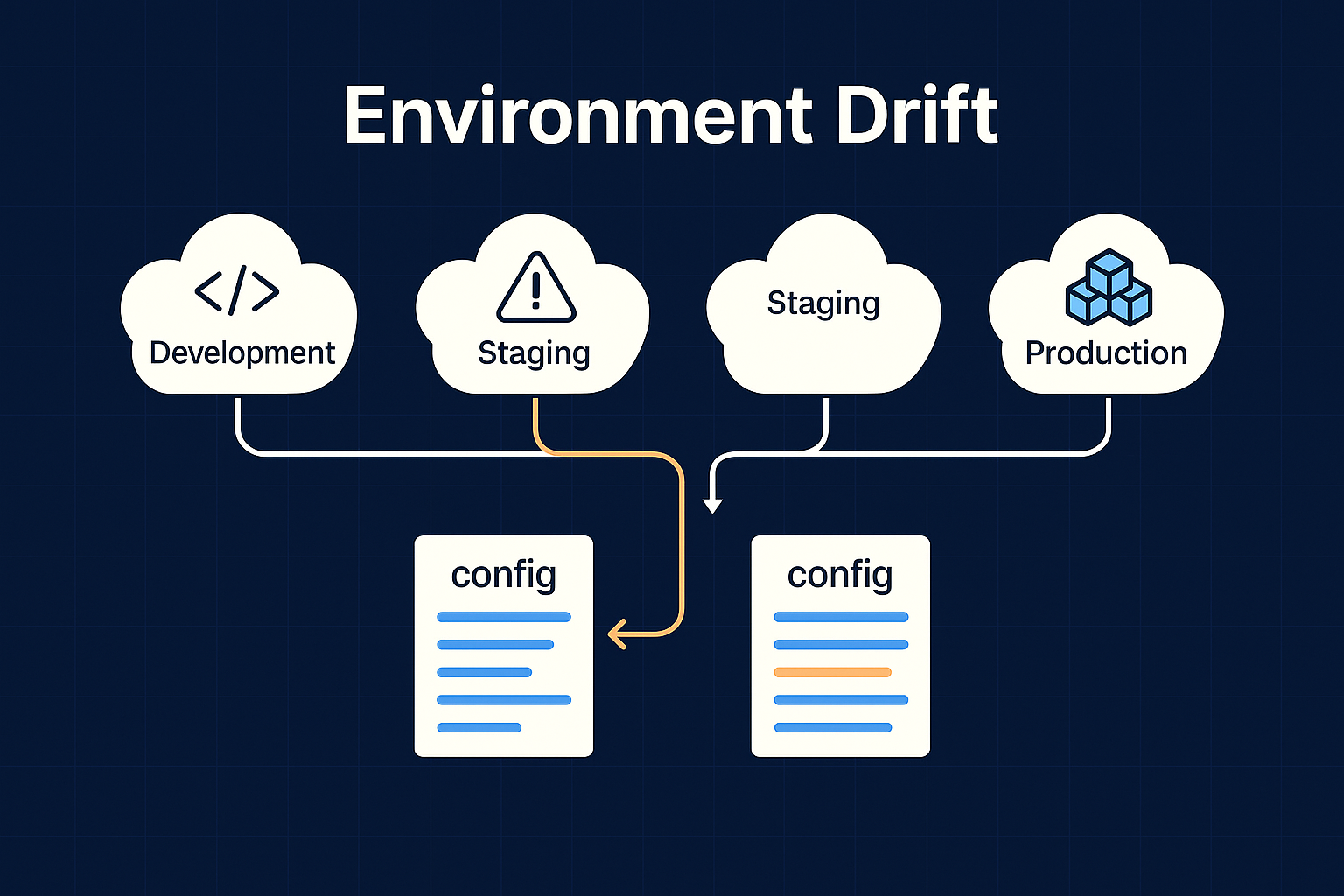
Challenge #2: Multi-Cluster Orchestration
Modern applications are often global. That means you might be deploying across multiple Kubernetes clusters: some in AWS (EKS), some in GCP (GKE), and maybe even a few on-prem.
Without proper orchestration, multi-cluster management devolves into chaos.
Common headaches include:
- Rollouts that behave inconsistently across clusters.
- Teams are struggling to manage secrets and configs across boundaries.
- A complete lack of holistic observability and audit trails.
Smart strategies to regain control:
- Adopt a centralized release orchestration platform that lets you manage clusters from one pane of glass.
- Standardize your deployment logic using templated Helm charts or reusable manifests.
- Set up pipeline logic that includes multi-cluster artifact distribution and promotion gates.
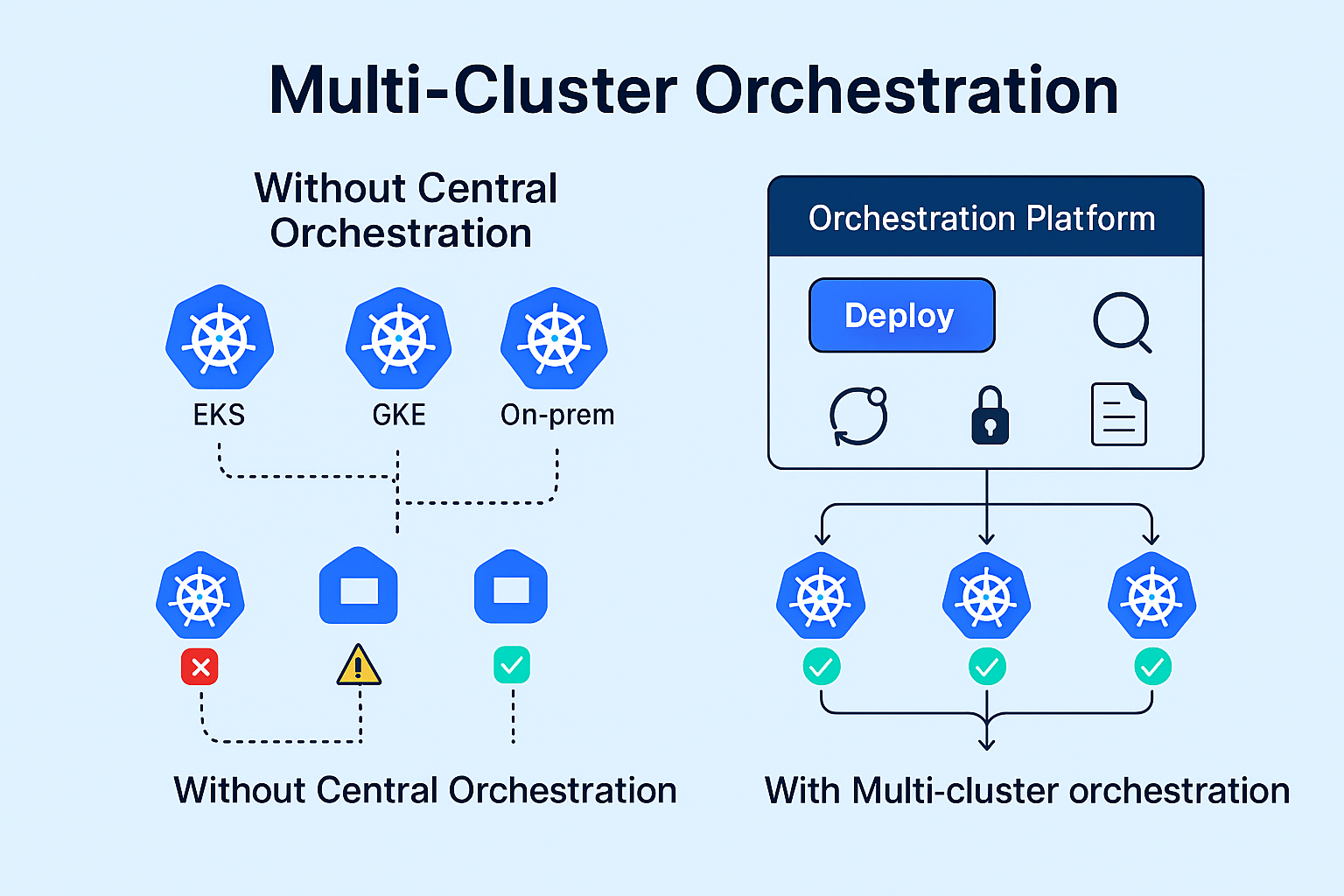
Challenge #3: Governance and Compliance at Scale
Moving fast is great, until it creates compliance nightmares. As deployment frequency grows, governance can no longer be an afterthought.
What breaks down without governance:
- Releases go out without approvals or documentation.
- There’s no audit trail linking who approved what.
- Regulators or auditors ask for data you simply don’t have.
How to fix this:
- Bake in policy-as-code into your pipelines to automate approval gates.
- Centralize access control using tools that support SSO, RBAC, and IAM integration.
- Use platforms that can automatically generate audit logs and attach metadata to releases.
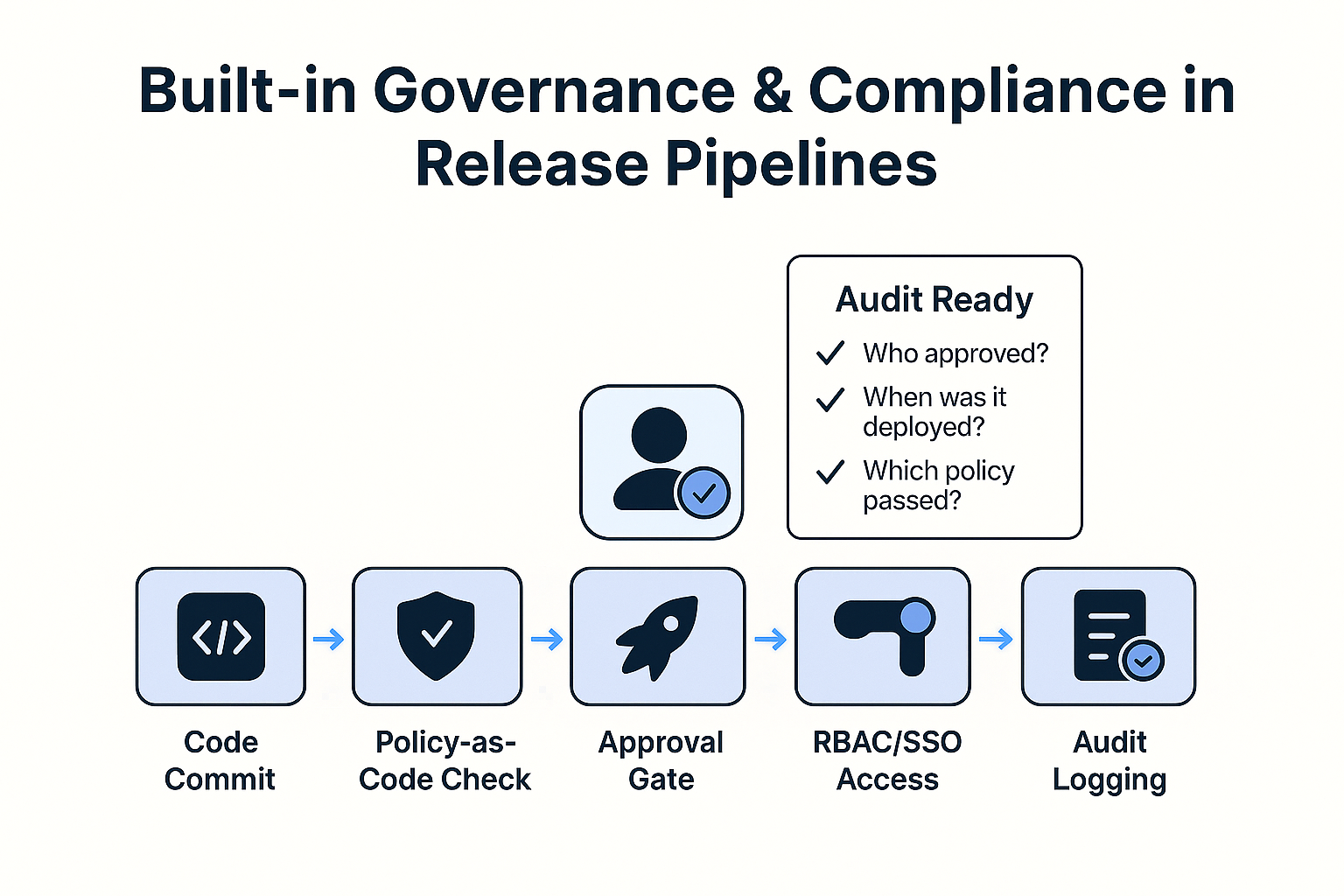
Challenge #4: Reliable Rollbacks (Not Just in Theory)
Rollbacks are often an afterthought, until they’re needed. Then they become the most stressful moment of your week.
Where teams struggle:
- Rollbacks are undocumented and risky.
- Infra changes make full rollbacks nearly impossible.
- There's no easy way to know what "state" to revert to.
How to build rollback confidence:
- Version control all aspects of your release: from app code to config to infra.
- Implement automated pre-deployment snapshots that you can roll back to safely.
- Add real-time health monitoring post-deployment and trigger auto-rollbacks when thresholds are breached.
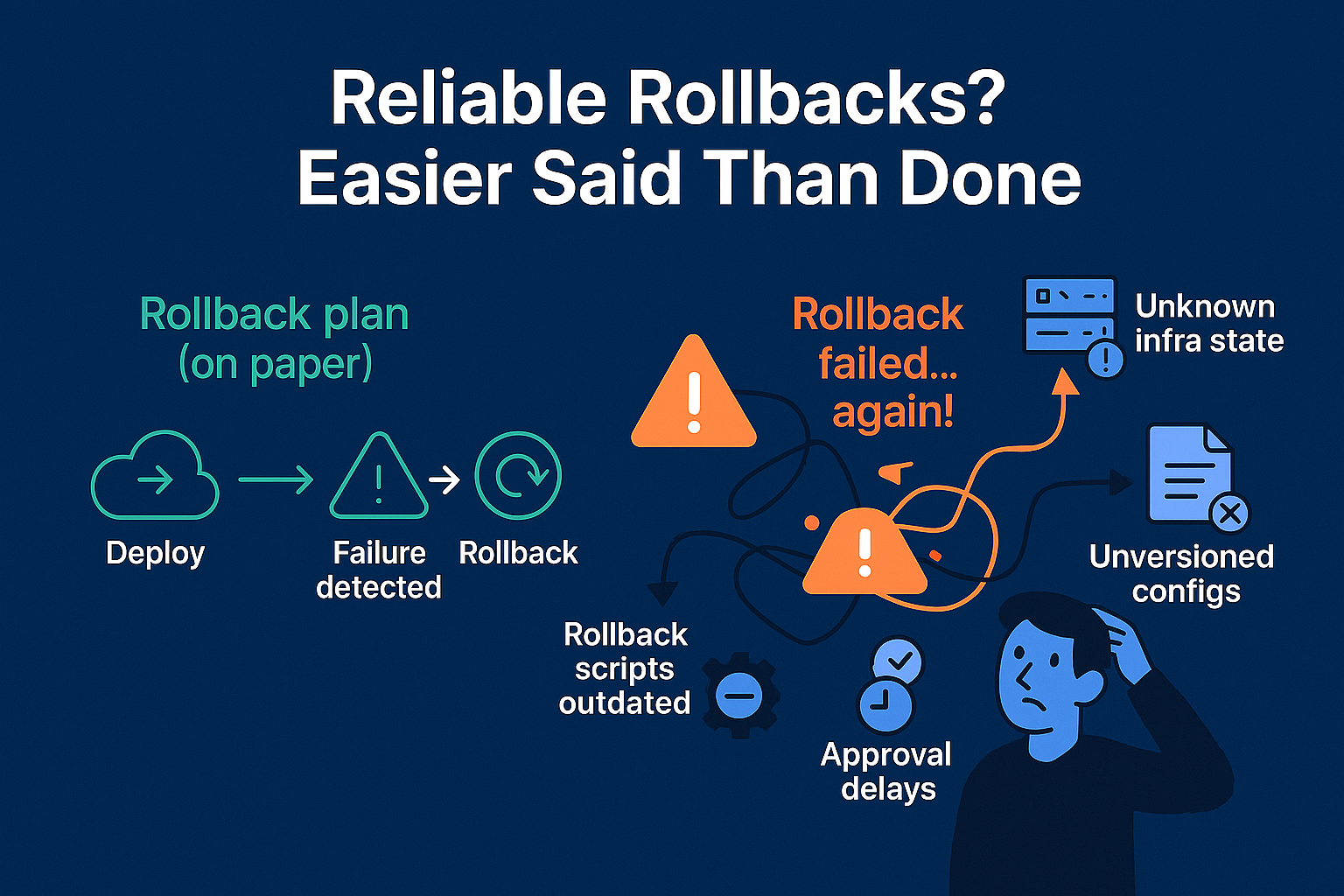
Challenge #5: Tool Sprawl and Context Switching
Here’s what an average release process might look like:
- Jenkins or GitHub Actions for builds
- Argo CD for CD
- Terraform and Vault for infra and secrets
- Slack for approvals
- Prometheus + Grafana for monitoring
Great tools individually. But together, they create fractured workflows where no single person has complete context.
Pain points from tool sprawl:
- Slower incident resolution
- Onboarding new team members becomes harder
- Teams spend more time navigating tools than shipping code
Best practices:
- Audit your stack regularly to reduce complexity
- Choose platforms that consolidate visibility across the release pipeline
- Integrate monitoring, approvals, and observability into your deployment UI
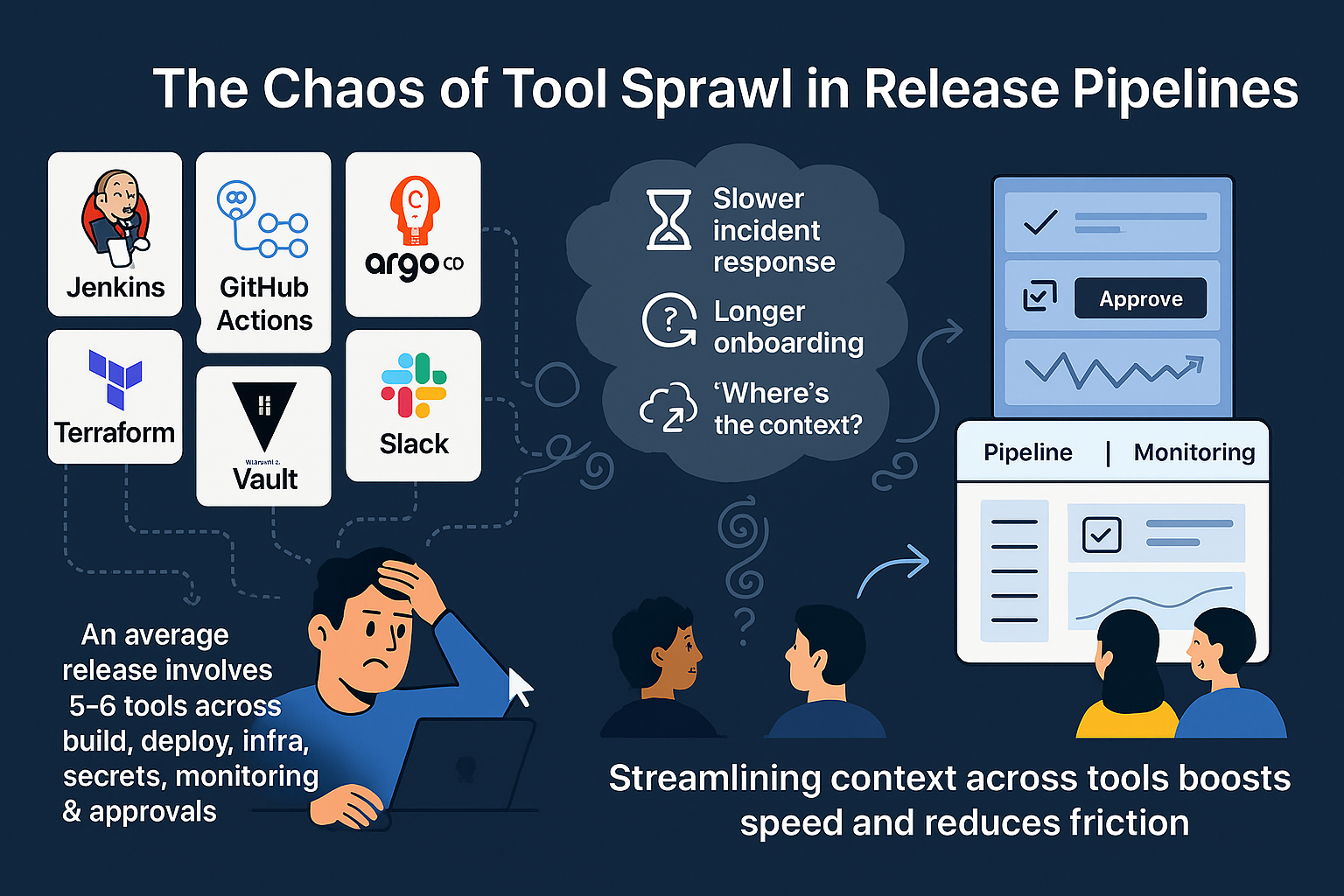
Challenge #6: Dev and Release Team Collaboration Gaps
There are times when the release team is left in the dark. Developers might finish a feature and mark it as 'ready to ship' without providing the full set of configurations or deployment notes. As a result, the release team ends up chasing missing variables, fixing last-minute errors, or deploying with partial documentation, leading to broken releases and urgent fixes in production headaches.
What usually happens:
- Dev teams mark a feature as "ready for release" but leave out key configuration details.
- Release engineers are handed partial documentation, outdated Helm charts, or mismatched manifests.
- This miscommunication causes failed deployments, last-minute hotfixes, or even broken releases in production.
How to align better:
- Standardize handoff processes between dev and release teams.
- Use shared Git repositories and pull request checklists that ensure readiness.
- Automate pre-release validations to ensure required parameters are defined.
Better collaboration between dev and release isn’t just about culture, it’s about codifying expectations in the pipeline.
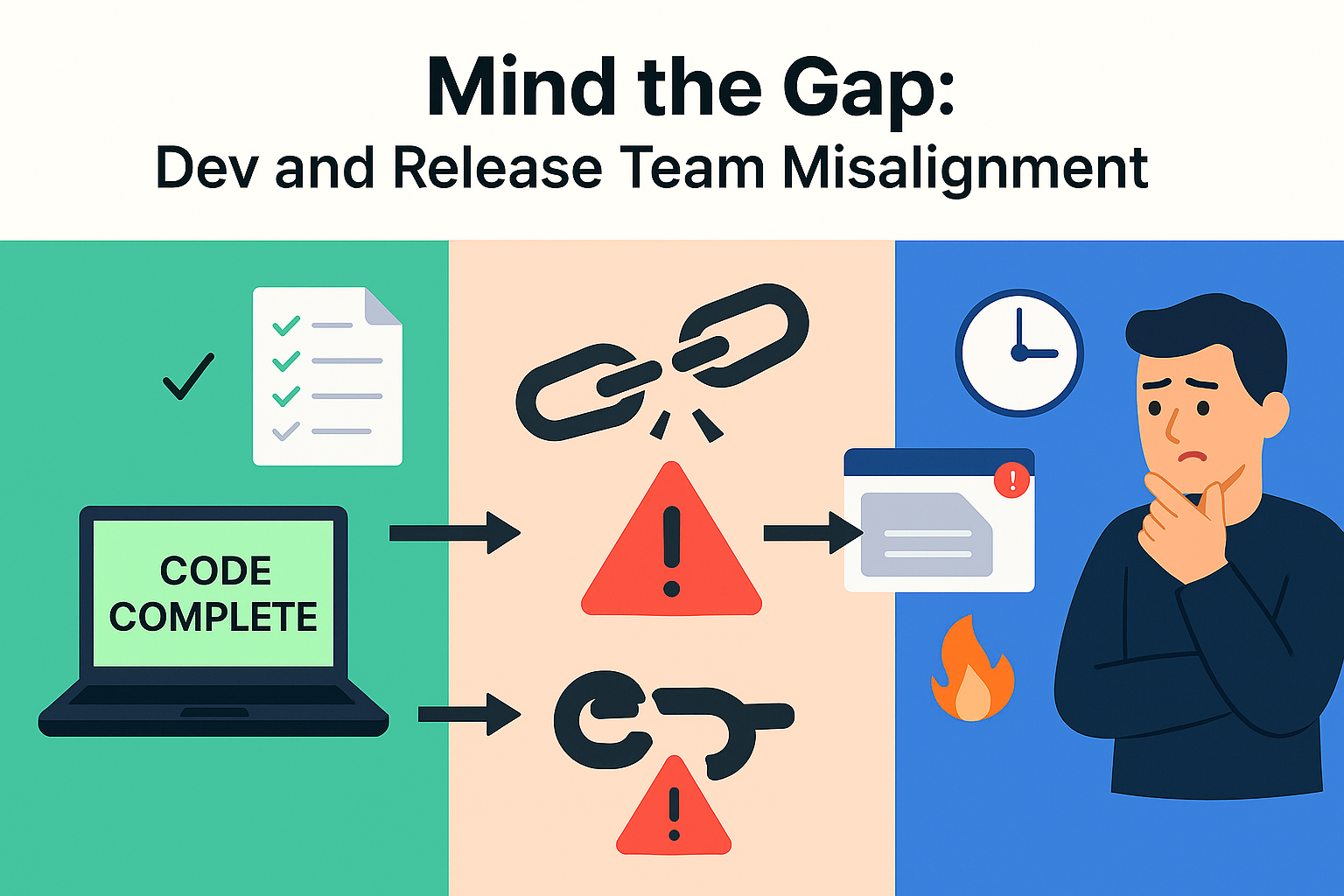
How Devtron Helps Solve These ARO Problems
Devtron was built with these challenges in mind. It’s a Kubernetes-native release orchestration platform that blends GitOps, compliance, observability, and multi-cluster delivery into a seamless developer experience.
What makes it stand out?
- GitOps-first architecture with visual workflows
- Built-in governance and audit trail features
- Real-time rollback and release history
- Support for multi-cluster orchestration from one dashboard
- A powerful Software Distribution Hub for managing versioned artifacts across environments
Rather than replacing your entire stack, Devtron plays well with it, connecting the dots and giving your teams the safety rails they need to move fast and stay reliable.
Final Thoughts: ARO Isn’t Optional Anymore
Many teams still think ARO is for enterprises running 500+ services. But if you’re deploying weekly or even monthly, ARO can radically reduce your risk and effort.
The truth is, whether you realize it or not, you're already doing release orchestration. The real question is: Are you doing it well, or just surviving each deployment?
A good ARO strategy transforms your release process from reactive to proactive, from firefighting to foresight by providing better visibility, faster recovery, and safer releases.
So, whether you’re a platform team, DevOps engineer, or developer, start investing in orchestration before your next release becomes your next incident.
FAQs
What is Application Release Orchestration (ARO)?
Application Release Orchestration (ARO) refers to the process of coordinating and automating application deployments across different environments, ensuring control, speed, and safety in software delivery.
Why is ARO important for Kubernetes-based environments?
Kubernetes introduces complexity with multi-cluster setups, dynamic configs, and continuous updates. ARO helps streamline these deployments, improve visibility, and reduce release risks.
How does Devtron help with ARO challenges?
Devtron provides a GitOps-first release orchestration platform with built-in support for governance, audit trails, rollbacks, and multi-cluster delivery—all from a single dashboard.
How can teams reduce environment drift?
By using infrastructure-as-code and GitOps tools like Argo CD or Flux, teams can enforce declarative environments and continuously reconcile differences across dev, staging, and prod.










